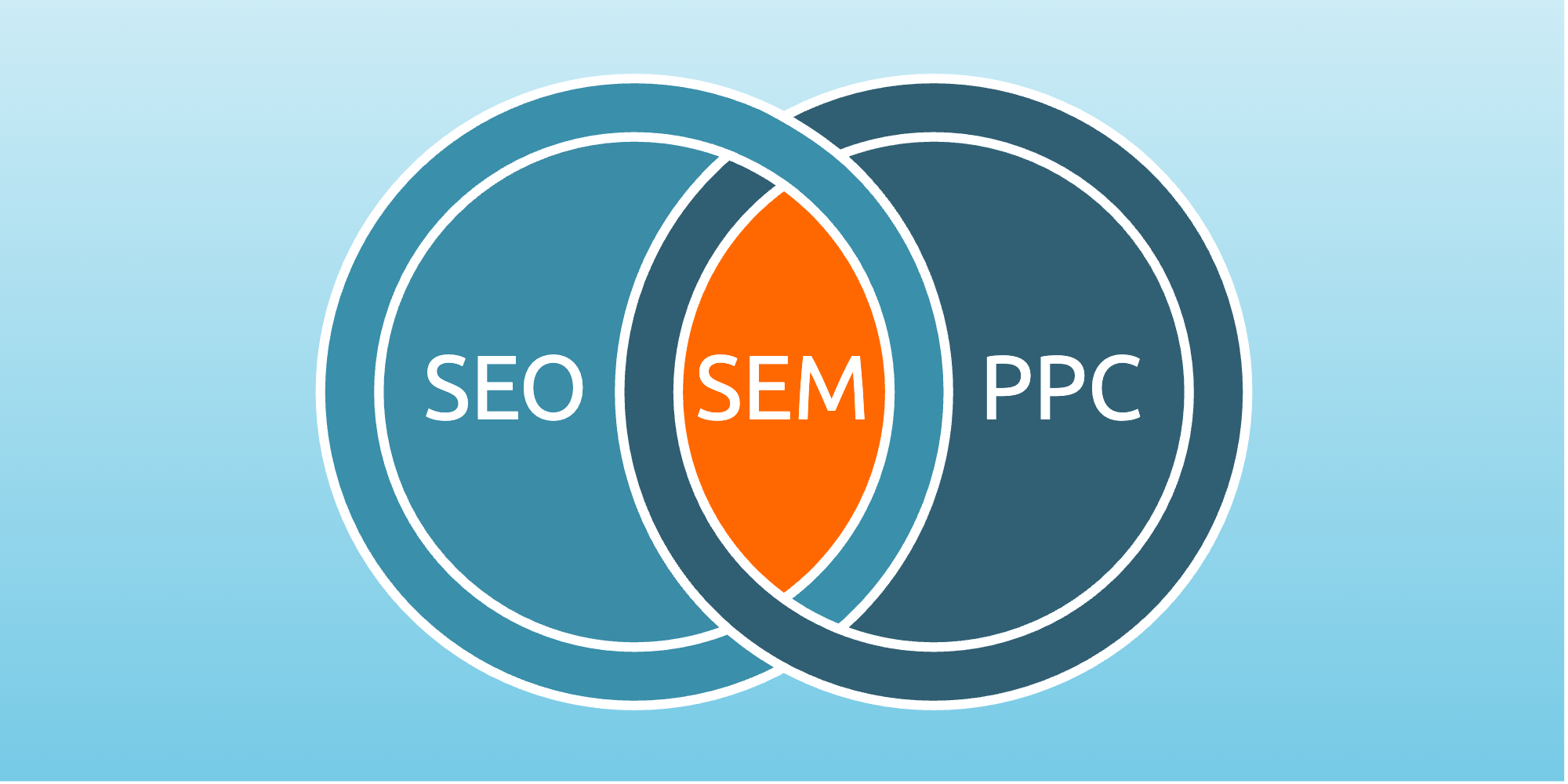 As the name implies, on-page SEO refers to the work newData implements on the actual pages of your website. Whether your website is used as an online storefront or is more informational in nature, it is nevertheless always an important reflection of your brand. Keywords summarize your brand’s messaging for new and returning visitors, and they help search engines understand and evaluate your website. Our SEO experts ensure that the pages on your site include the optimal number of prioritized keywords (known as keyword density) to increase your website’s ranking. These keywords can’t exist alone, though. They must be strategically infused into compelling content that is both relevant and informative to your visitors. Search engines reward high-quality original content!
As the name implies, on-page SEO refers to the work newData implements on the actual pages of your website. Whether your website is used as an online storefront or is more informational in nature, it is nevertheless always an important reflection of your brand. Keywords summarize your brand’s messaging for new and returning visitors, and they help search engines understand and evaluate your website. Our SEO experts ensure that the pages on your site include the optimal number of prioritized keywords (known as keyword density) to increase your website’s ranking. These keywords can’t exist alone, though. They must be strategically infused into compelling content that is both relevant and informative to your visitors. Search engines reward high-quality original content!
There are many other items to consider in on-page SEO. You’ll be happy to know that newData takes care of most on-page tasks, but here are some additional terms and details in case you’re curious.
A sitemap is essentially a blueprint or guide of the content that appears on your website. There are two main types: HTML sitemaps assist users in navigating your website, and they also help search engines locate and then crawl the most important pages of your website in order to understand the content and to return results to internet searchers. Because this is a time-consuming process, search engines index website pages in order to speed up searches. Other sitemaps are written in XML specifically for search engines “bots,” not users. It is important to design, implement, and keep all sitemaps up to date. If your site doesn’t already have a sitemap, newData does the needful to help Google better understand the structure of your website.
The importance of reducing your website’s load times cannot be overstated. In some cases, poor performance is due to issues related to your website’s design. In other cases, it’s associated with where and how your website is hosted, the theme you use, the number of active plugins, or a host of other possibilities. newData helps optimize your website so that it loads as quickly as possible.
It's bad to have duplicate content within your website. Remember how highly Google values original content. A canonical URL prevents the duplication of the same content on different URLs. It is used to inform search engines which version of your website’s pages to use. If relevant to your website, newData ensures that canonical URLs are set up correctly.
Internal links improve the user’s experience by guiding users to related content. While there are no set rules or standards for the inclusion of internal links, search engines value them. It is important that your internal links help a visitor to navigate efficiently throughout your website instead of merely being included to appease the search engine. To make a link useful to visitors, it is recommended that you include short meaningful descriptions of any URL. This is known as anchor text. If appropriate, newData will ensure that any internal links are updated with useful anchor text
newData search engineers also check for the correct use of header tags, which both users and search engines use to understand the hierarchy of topics on a web page. Think of header tags as an outline or a table of contents. Search engines have guidelines regarding how many of a particular type of tag to use and in what order they should be used. Similar to a headline in a newspaper, an H1 heading tag is the highest level, appearing on the top of the page. The next levels down are the H2 and H3 heading tags, which are often referred to as subheadings. This is followed by H3, H4, H5, and H6 headers, which are used to provide further structureAs you can imagine,
On-page SEO is a challenging and ongoing endeavor. In order to keep you up to date on our progress, newData provides you with a Monthly On-Page Progress report, which also includes a detailed checklist to notify you of any items that may need to be addressed.
For more information, please see our blog post, Why On-Page SEO Matters










